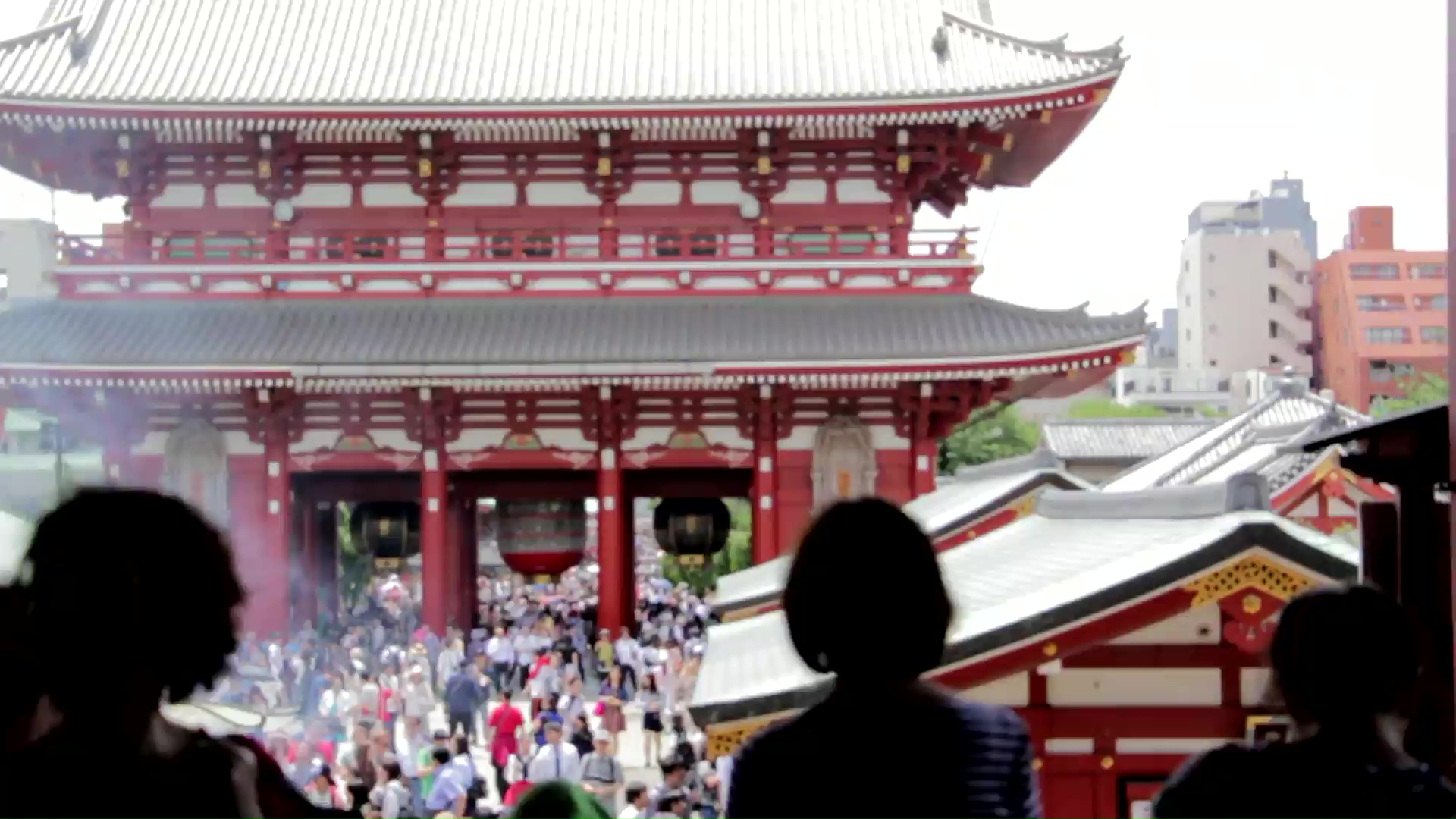

The Capstone Project for the Master's of Human-Computer Interaction program at Carnegie Mellon University is an eight month long dive into a client-identified, existing design problem. Interdisciplinary teams of 5 students research, envision, and design a solution for their client.
Displayed is the design we presented to our client - Abeo, a native iOS application that would provide in-the-moment help based on the user's context and traits.
Odigo is a Tokyo-based technology startup that provides a digital platform for creating and sharing customized trip itineraries for foreigners who visit Japan.
 The home feed of Abeo cuts straight to the chase, and dynamically updates based on context
The home feed of Abeo cuts straight to the chase, and dynamically updates based on context
Odigo informs people about what they can do in Japan before they leave, but tourists need to know how to do what they have planned once they arrive. Without easily accessible help, tourists may opt out on participating in activities due to the risk of making mistakes, offending locals, or embarrassing themselves.
 The trip in Japan is a series of highs and lows due to unexpected surprises, both positive and negative.
The trip in Japan is a series of highs and lows due to unexpected surprises, both positive and negative.
Japan attracts tourists from all over the world. After surveying different cultural groups currently making the journey to Japan, we found that the Western tourist experiences the most struggles and provides more opportunities for Odigo to make a large impact in the market.
From our spring research, we identified that western tourists have unique challenges due to preferences to not use a travel agent or buy a group tour. Western tourists prefer to plan trips individually, using resources found online and offline. Because of this, cultural and language barriers make routine tasks like as ordering food or purchasing a train ticket extremely difficult.
Odigo dominates the planning phase of the tourist's journey by helping them craft trip itineraries before they leave home. The goal of Abeo is to enhance Odigo’s value to tourists by solving and preventing their problems while they are in Japan.

Before conducting any primary research, we exhausted industry and academic research on tourism to Japan to get a big picture view of our target users and the social, economic, and political factors that affect individual decisions to visit Japan.

Combing through travel sites, blogs, and forums helped us understand tourist behavior and needs by reading what people were posting online about their experiences prior to and after Japan.
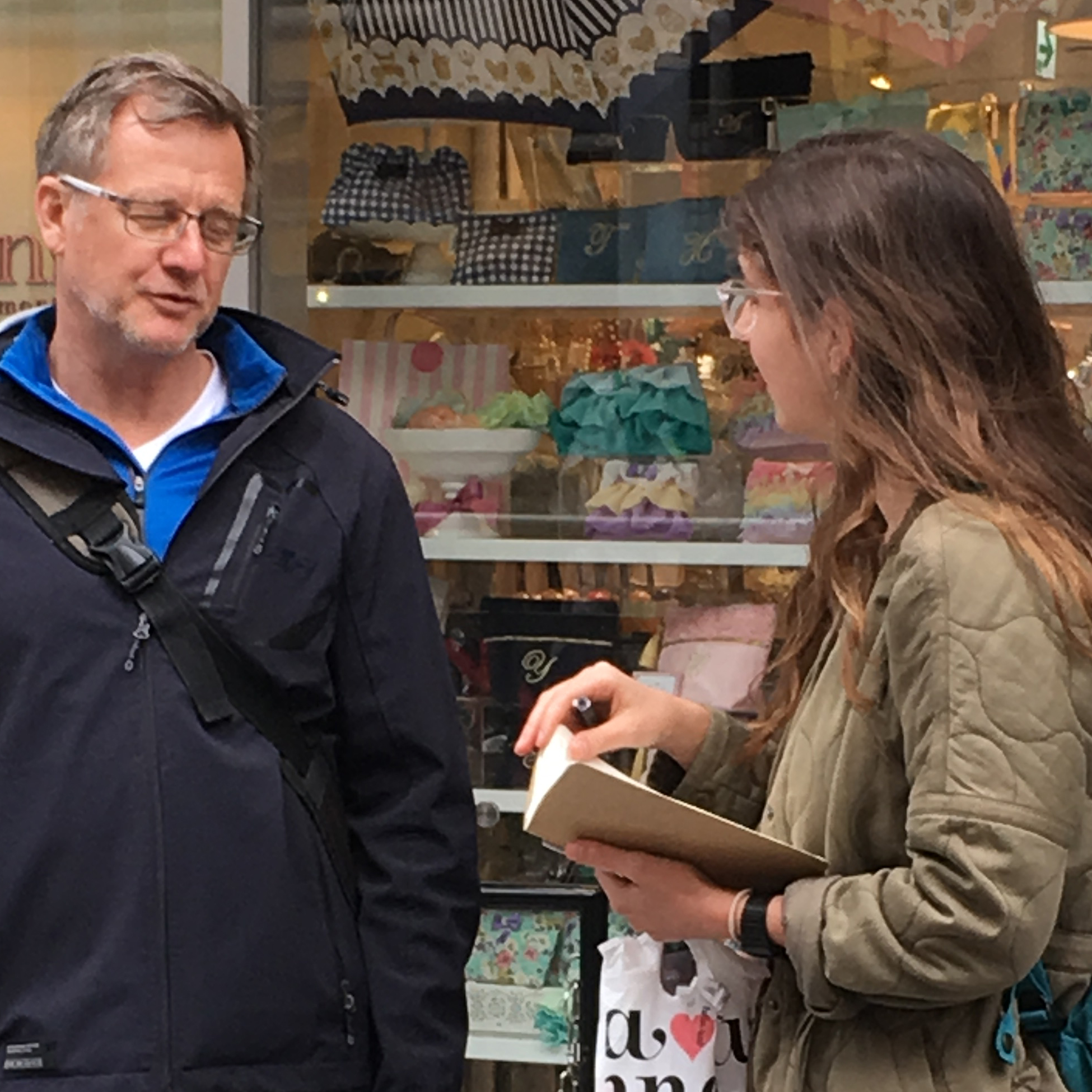
To understand the journey of the foreign tourist to Japan, we interviewed a total of 29 individuals across the U.S. who had been to Japan before.
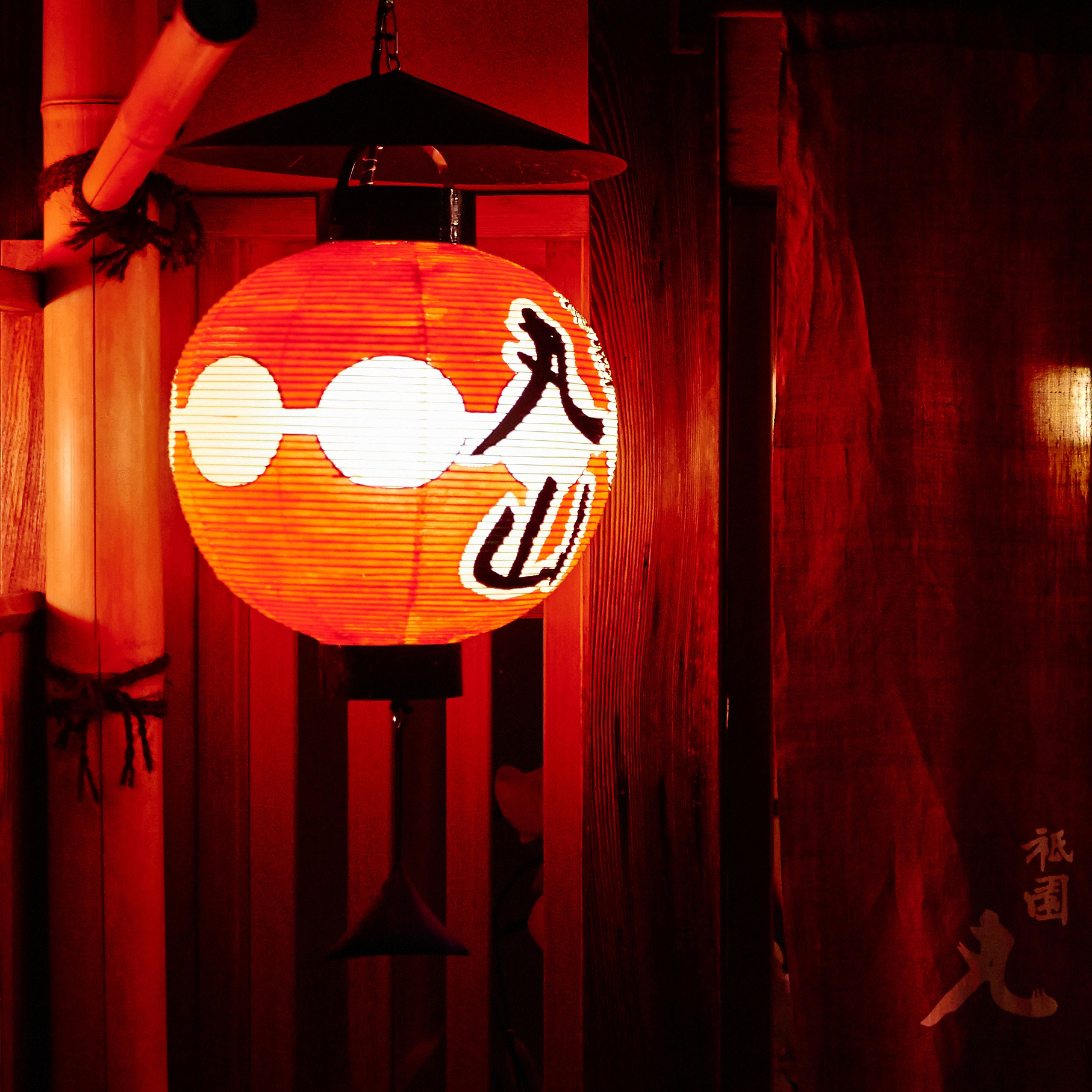
We travelled to Japan from Pittsburgh to understand the Western tourist's journey, build empathy, conduct user interviews, and perform participant observation in context.

We studied Odigo’s competitors, from TripAdvisor to Lonely Planet, to better understand Odigo’s advantage and opportunities to grow within the online travel planning industry.

We created card sorting activities to test assumptions about travel with 5 participants. We learned assumptions people have about Japan, what images of Japan excited them, and how tourists expect to handle frustrating situations.

By collecting Instagram photos of tourists to Japan, we were able to understand interesting preferences and behaviors of our target users. We discovered patterns and preferences relating to the content in the photographs and the time and location of capture.
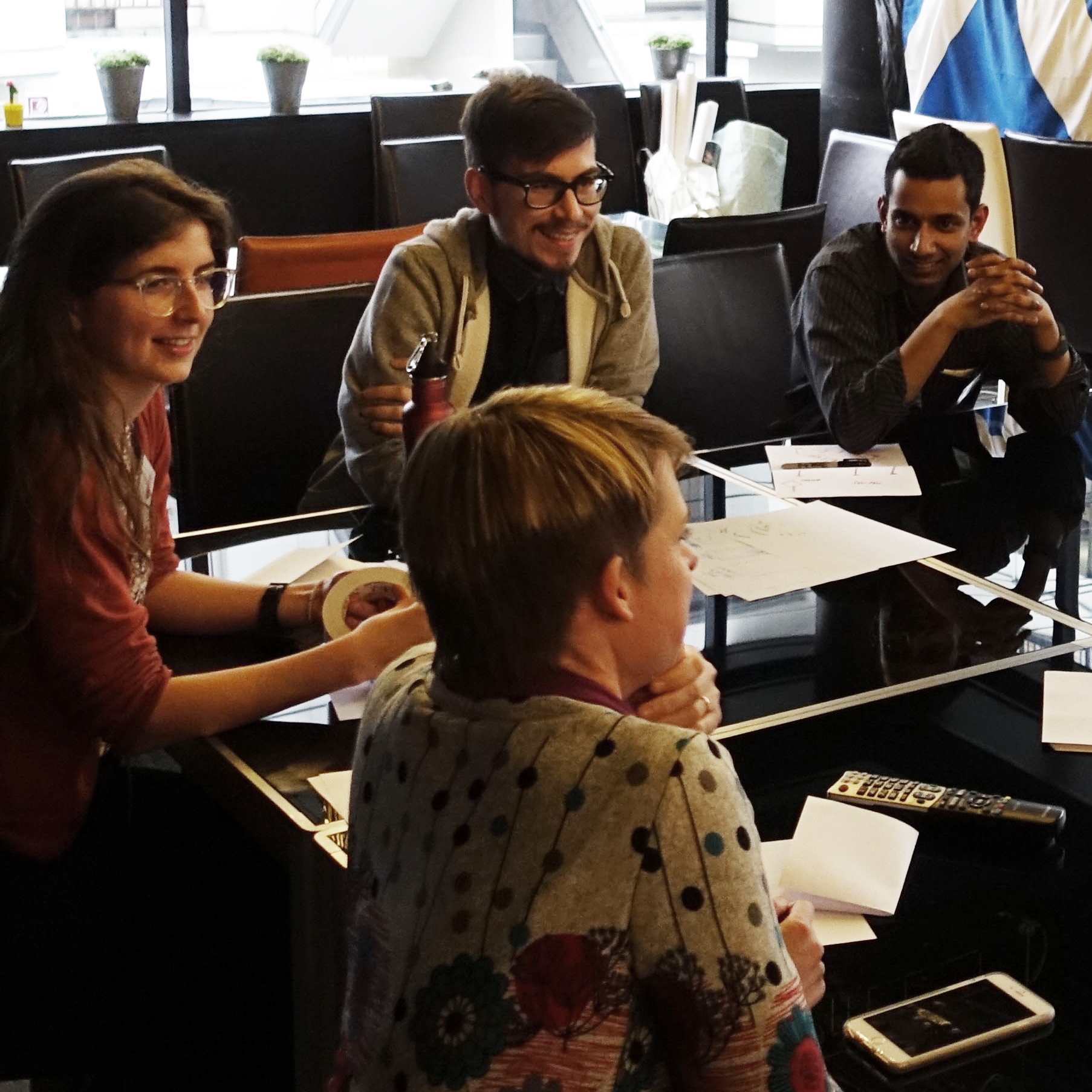
Through our co-design workshop with Odigo employees, we explored our client's needs, values, hidden knowledge, and constraints.

We sorted 1900+ notes from our interviews and observations into one colossal affinity diagram which we used to uncover relationships buried within the data.

Using a range of pain points tourists face throughout their journey to Japan, we brainstormed ways of addressing them and created a total of 21 concepts to evaluate.
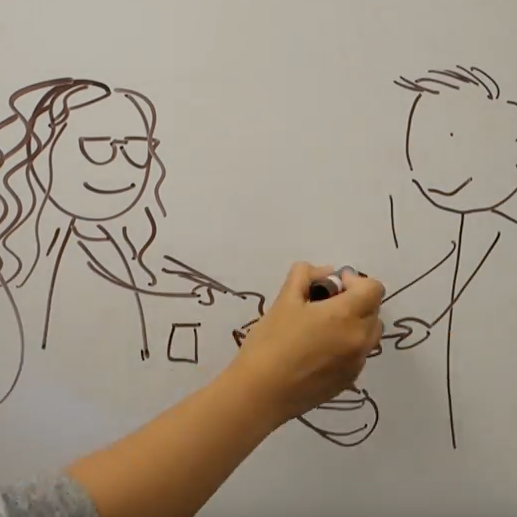
We created short video vignettes to encapsulate our ideas. We used these videos to conduct in-person and remote feedback sessions with users and the Odigo team.
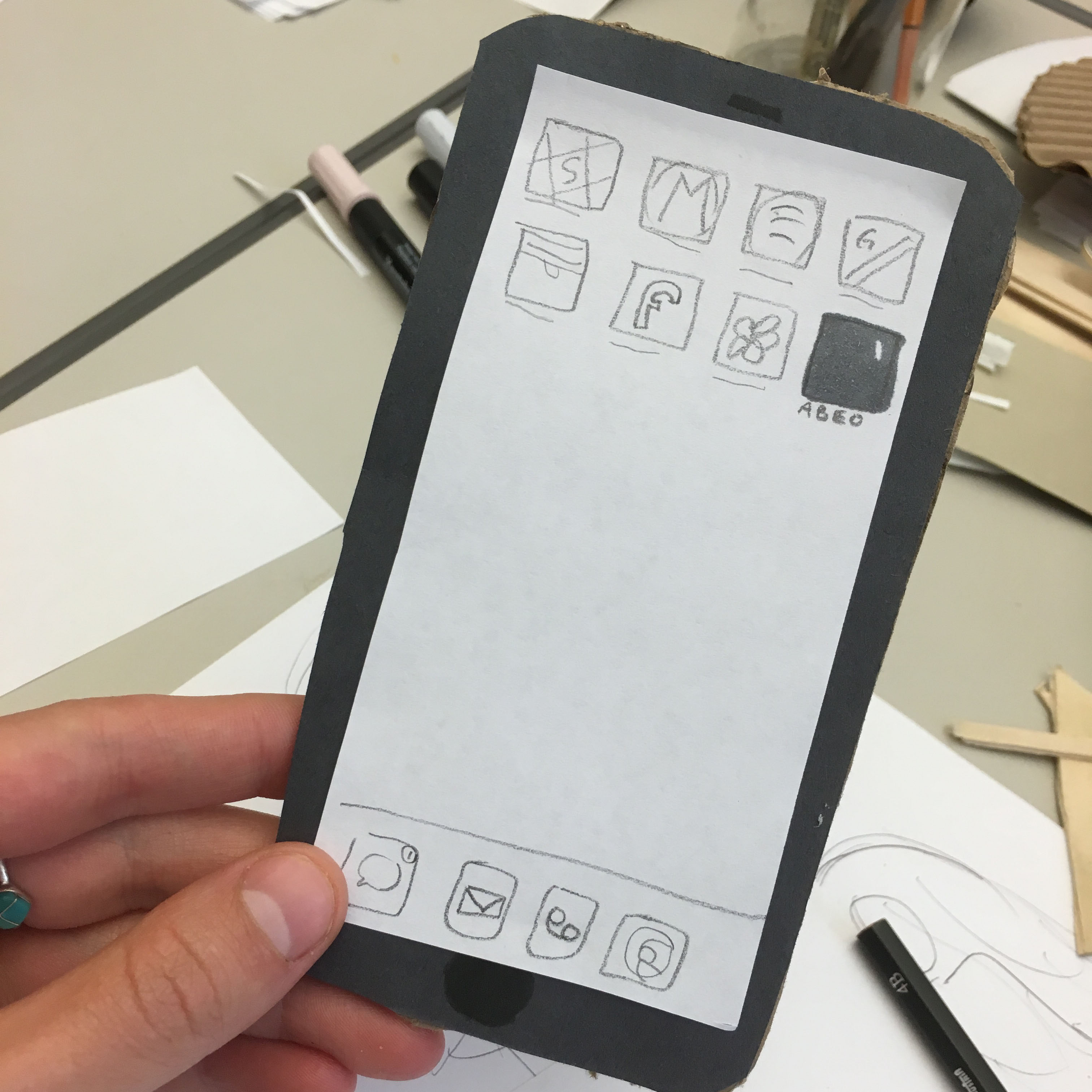
We used paper and cardboard prototypes to test our ideas and gather more insight into the values, believes, and needs of the Western tourist.
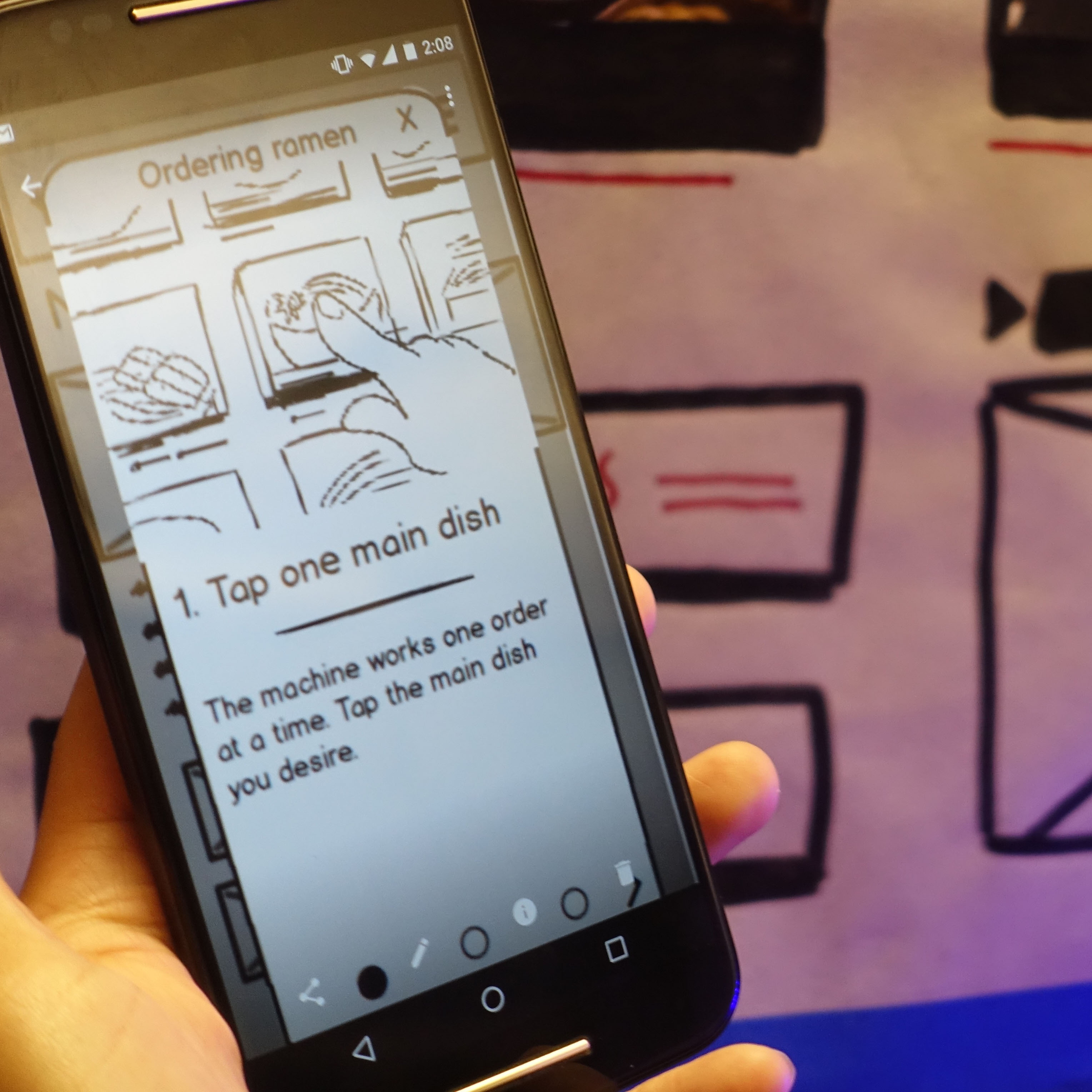
We created a click-through wireframe mockup of our step-by-step instruction app to put the solution in the hands of users.

We narrowed in on a mobile solution and built a native iOS app that delivers in-the-moment information for tourists.

We completed three rounds of usability testing to learn if people could understand the purpose of the app and how to use it. We made improvements accordingly.
We completed three rounds of prototyping our design, with levels of fidelity ranging from paper versions to clickable prototypes and finally to a native iOS application.
Tourists get bogged down by the information listed in their travel guides and mobile applications. We designed our guides to allow users to get information quickly. Guides are shown on the home page, the very first screen of our design, and reorder dynamically as the user goes on with their journey.
These guides could be taken from already generated content by Odigo writers and bloggers. The last page gives credit to the writer, and allows for user feedback so that Odigo can identify which guides are successful and which are not.
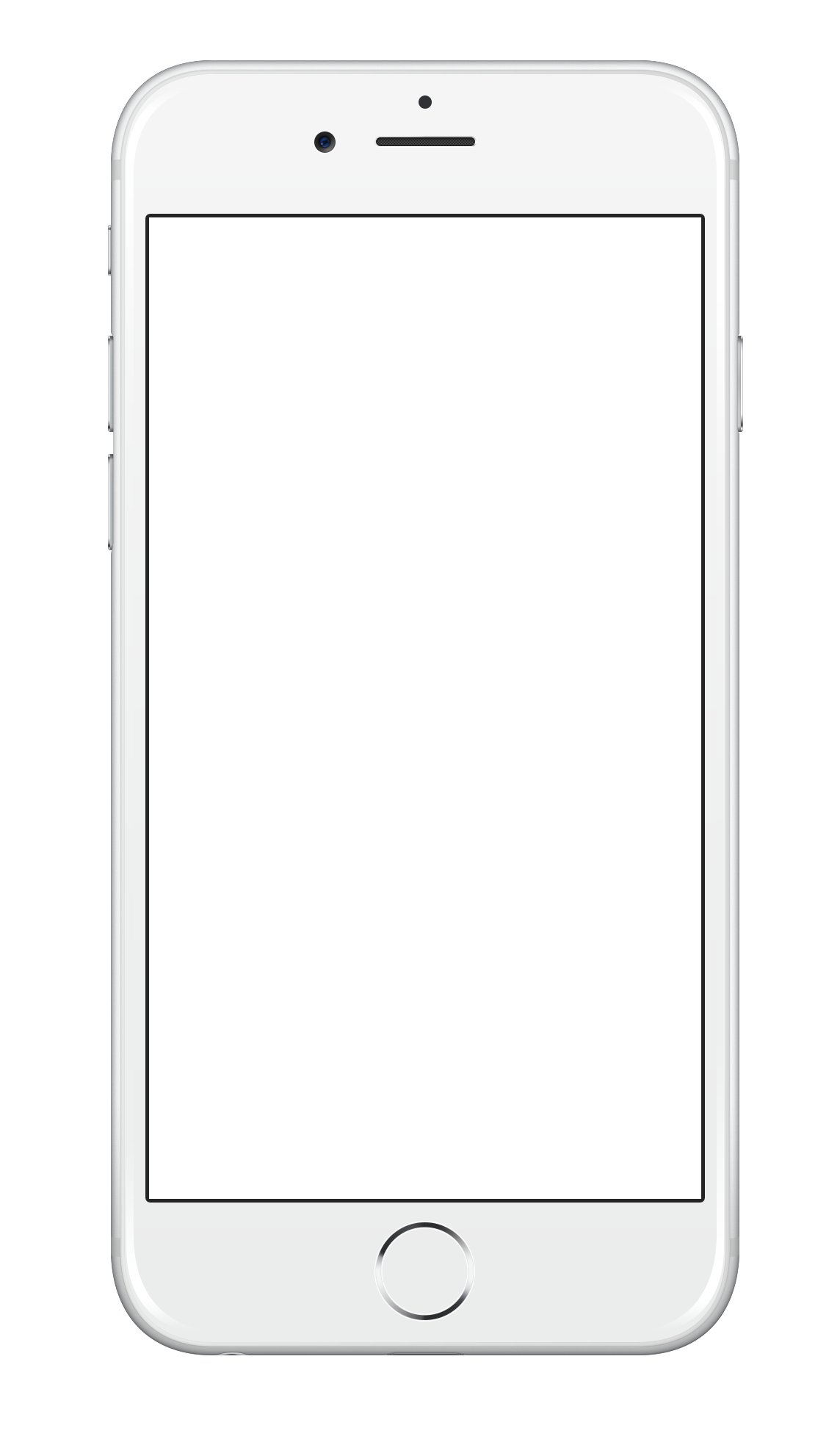
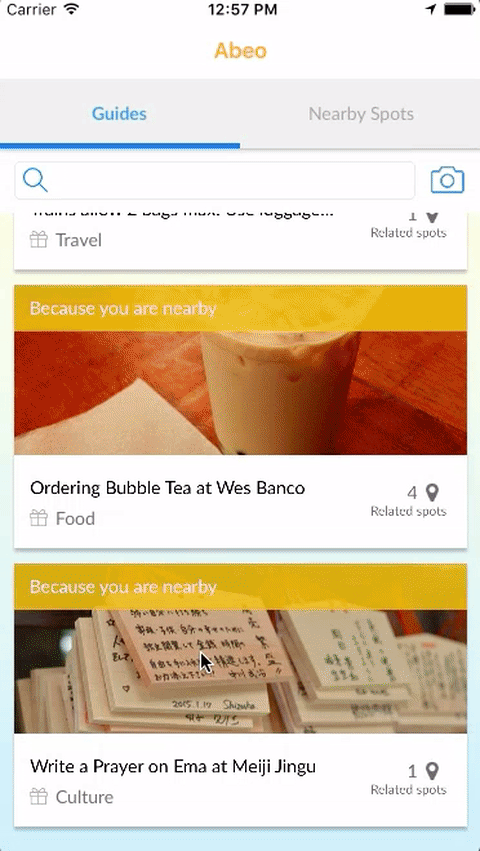
Oftentimes, tourists cannot identify what they are looking at effectively, so they cannot look up the help they need. Time spent searching is time better spent engaging in activities.
Using image recognition technology, tourists take photos of places and objects to search for Guides related to the image. To reduce the search space, location and other contextual data is used in conjunction with the image recognition technology.

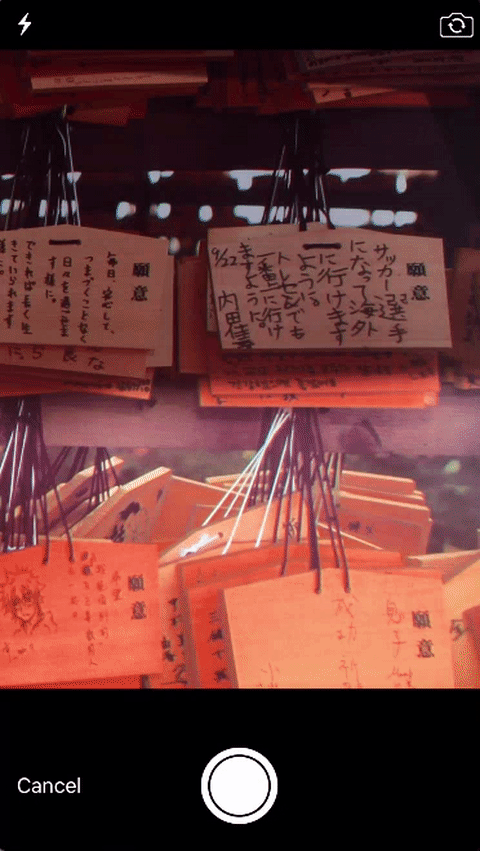
To prevent tourists from having to be looking at their phone all the time, Abeo can be run in the background and send notifications only when there is a guide available. The app uses the tourist's GPS location and situation to know when help is needed most.
A quick survey in the form of cards on the home feed is used to learn about the user's needs, such as if they are traveling with children or are a vegetarian. These then change what guides and notifications are sent.

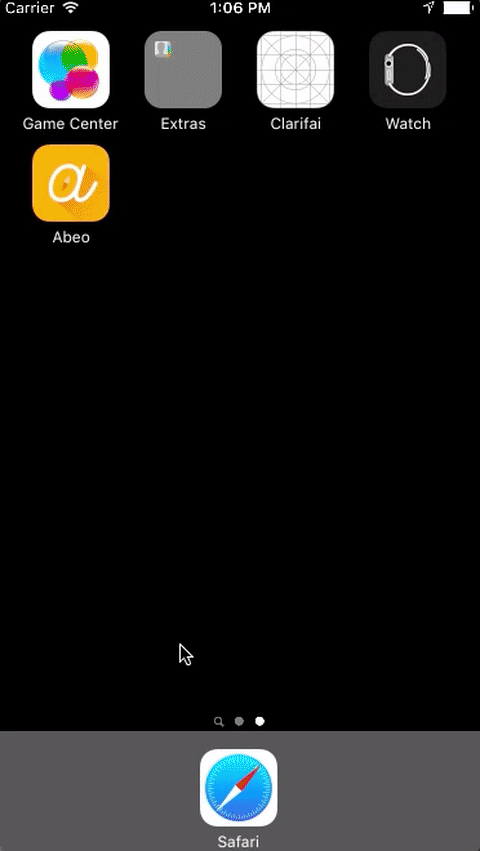
Through developing this prototype, we were able to experiment with current technologies and tease out some details regarding implementation. We were able to achieve effects difficult or impossible with current prototyping tools, such as animations, using a camera, bridging with a web API (Clarifai), notifications, location, geofencing, and more.

Ajayan Subramanian is a designer from Bangalore, India. Prior to CMU he was a UI developer. He enjoys watching film noir and follows Arsenal Football Club.

Katie Sawaya is a wandering anthropology buff who is pursing user research. Prior to CMU, Katie was a fire fighter and ski coach.

John DeGore is a visual and UX designer from Pittsburgh, PA. He likes mac 'n cheese and Stevie Wonder.

Angela Mu Liu is a fullstack developer and visual designer from Cupertino, CA. She studied Information Systems and HCI at CMU before her Masters.

Katherine Habeck is an artist and designer from Ardmore, OK. Prior to CMU, Katherine studied Fine Art and Creative Computation.